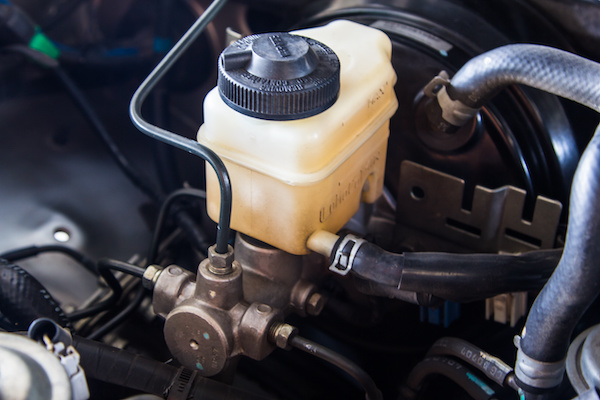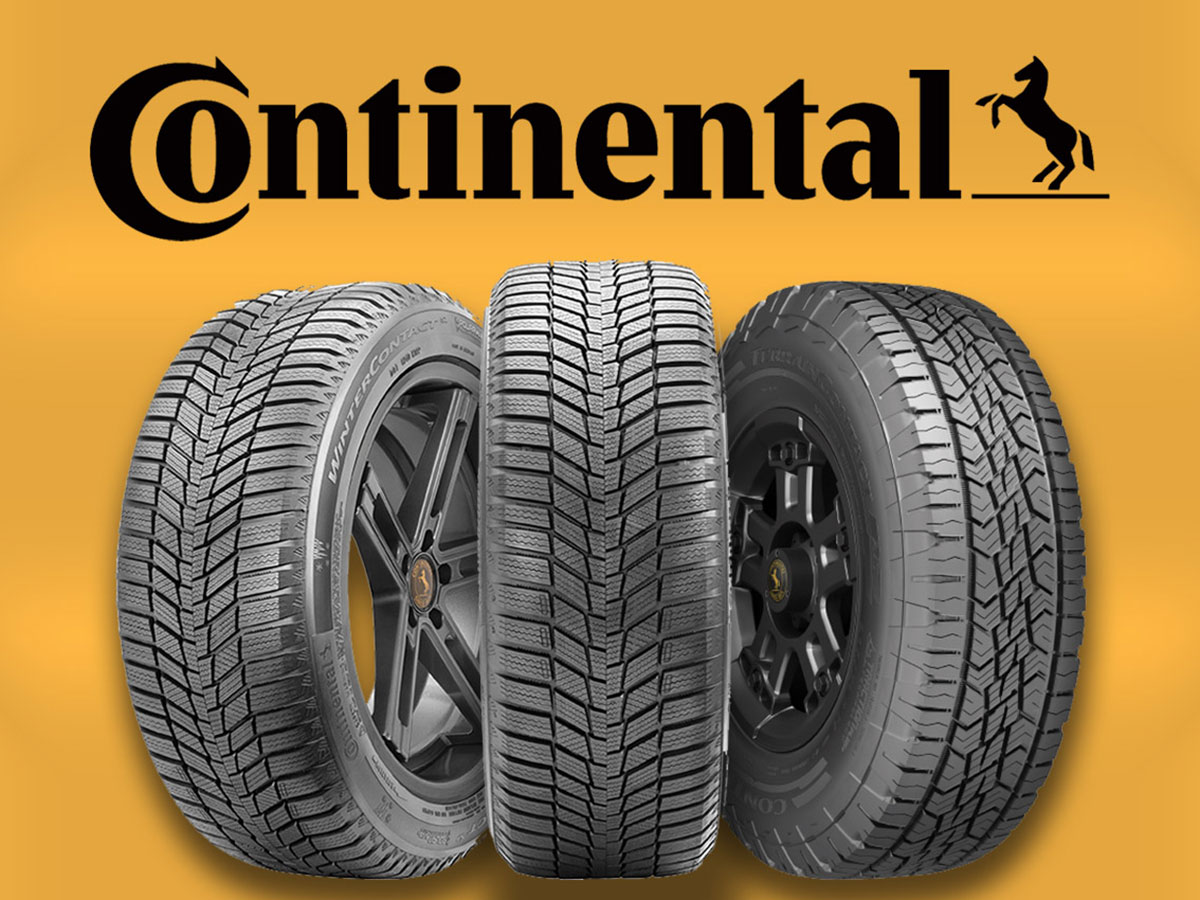Posted on 9/30/2022

A vehicle's braking system is among its most crucial safety elements. That said, maintaining it in its best state should be a priority for any serious driver. The fluid works under high pressure to ensure the brakes function correctly, keeping you safe on the road. When working correctly, the brake fluid is pure and clear and offers ideal braking for your car using hydraulic pressure. But with continuous use, the fluid can get contaminated with air, rust, and moisture within the system. It will also get old with time, losing its color due to overheating, translating to a less responsive braking system. If not timely corrected, this can lead to spongy, soft, and unresponsive pedals. So, What is Brake Fluid Flushing? Brake fluid flushing refers to completely draining the hydraulic fluid and replacing the master cylinder with a new fresh one. A common rule of thumb is to have your vehicle's fluid flushed every 30000 miles (two to three years). However, some manufacturers recomme ... read more
Posted on 9/28/2022

As the leaves turn colors and the weather gets colder, you may notice another change occurring: a decrease in your vehicle’s fuel efficiency. There are a number of reasons your gas bill is going up just as the temperature drops. --The colder weather means your vehicle requires more time to reach its most fuel-efficient temperature, so short drives consume more gasoline than longer ones. --Allowing the vehicle to idle so that it is warmed before traveling burns fuel without increasing miles-per-gallon. --Colder air decreases tire pressure which increases rolling resistance. More resistance leads to the vehicle working harder thus burning more gasoline. --Heated seats and window defrosters require more power. Some causes of increased fuel consumption are unavoidable, but there are steps you can take to improve fuel efficiency as the weather turns colder. --Avoid idling your vehicle. Rather than waiting several minutes for the vehicle to warm u ... read more
Posted on 9/26/2022

Are you registering a used vehicle in Maryland? Admiral Tire and Auto Centers is here to help! When ownership of a vehicle is being transferred, a safety inspection is required before completing the transaction. There are six vehicle classes though most fall under the Class A designation. At our Edgewater location, our inspector, with over two decades of automotive experience, will meticulously examine your vehicle to ensure it meets all the safety specifications required by Mayland. This facility is authorized to perform two types of inspections: Class A - Passenger vehicles, autocycles, limousines, multipurpose passenger vehicles, recreational motor homes and trucks 10,000 pounds and under GVWR, and trailers not equipped with air brakes. Class T - Any trailer not equipped with air brakes. What to Expect Before the inspection, ensure the vehicle is registered either in Maryland or another state. A temporary 30-day registration may be available if you are unable to re ... read more
Posted on 9/21/2022

At Admiral Tire and Auto Centers, we are proud to be an official supplier of Continental Tires. As one of the leading tire manufacturers in the world, Continental offers a wide range of products with a variety of features. Continental Tires, a leader in innovation, features cutting edge technologies available on multiple products. With so many tire choices, how do you know which is the right fit for your vehicle? Consider the plethora of features and options to find the right tire for you. Sport Performance (summer and all-season) For the car enthusiast, these ultra-high performance tires offer excellent tread life, enhanced grip on wet roads, and precise steering for maximum control. The ExtremeContact Sport offers extreme grip on wet and dry roads while the ExtremeContact DWS06Plus offers additional security on slippery surfaces. Luxury Performance (all-season) The ultimate tire For What You Do whether driving ... read more
Posted on 9/20/2022

Perhaps the most satisfying part of our job at Admiral Tire and Auto is ensuring that customers are driving safe vehicles as they commute to work and transport their families to school, rehearsals, or vacation. One of the best ways for everyone to keep their vehicle safe is to have tires with an optimal tread depth. Tires with a depth between 9/32” and 12/32” are considered in the optimal range. At 4/32” of tread depth, a tire’s ability to evacuate rain and snow is greatly diminished. Any tire with a tread depth below 2/32” is unsafe and should be replaced immediately. While those measurements may seem intimidating, there are some simple methods to checking your tires’ depth. All tires come with tread wear indicators which are tiny bars spaced out between the grooves in the tire. When those bars become even with the tread, it is time to repla ... read more